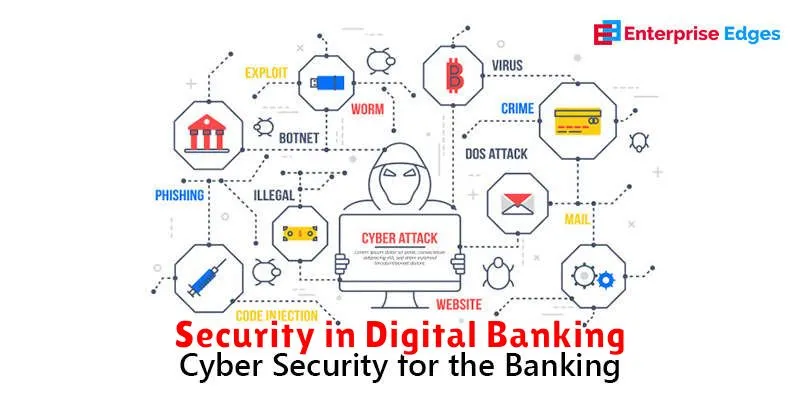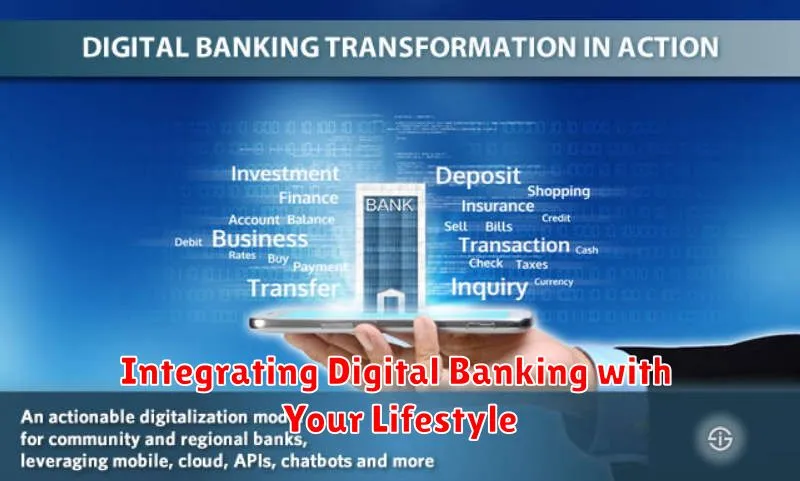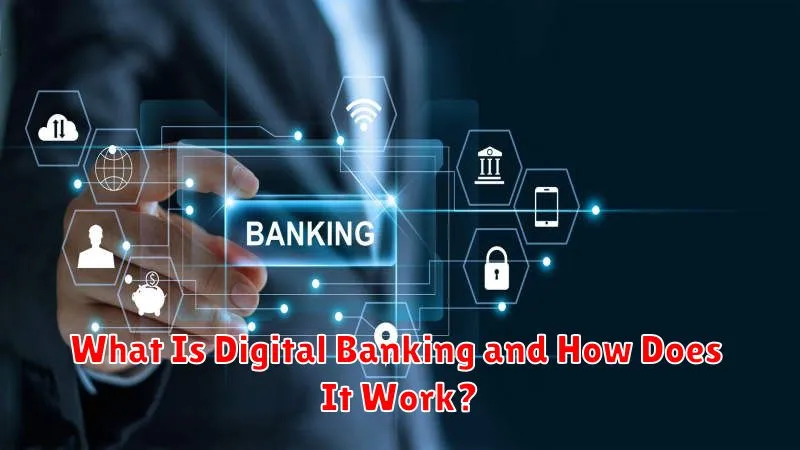In today’s fast-paced world, digital banking has become an indispensable part of our financial lives. But what exactly is it? Digital banking refers to the digitization of all traditional banking activities and programs. This means customers can access and manage their accounts, conduct transactions, and utilize various financial services through online platforms, mobile applications, and other digital channels. It encompasses a wide range of services, from simple tasks like checking balances and transferring funds to more complex activities like applying for loans, investing, and managing wealth, all without the need for physical branch visits. Understanding digital banking, its functionality, and its implications is crucial in navigating the modern financial landscape.
This article provides a comprehensive overview of digital banking, explaining its workings, benefits, and potential risks. We will explore the various types of digital banking services available, including online banking, mobile banking, and neo-banks. Furthermore, we’ll delve into the technologies driving this digital transformation, such as APIs, cloud computing, and artificial intelligence. By the end of this article, you will have a strong grasp of what digital banking is, how it operates, and how you can leverage its power to manage your finances effectively and securely in the digital age.
Defining Digital Banking
Digital banking refers to the digitized version of traditional banking. It encompasses all the banking services and transactions that customers can access and manage through electronic channels without needing to visit a physical branch. This includes activities such as checking account balances, transferring funds, paying bills, applying for loans, and even opening new accounts, all done remotely.
It leverages technology to provide 24/7 self-service capabilities, making banking more convenient and accessible.
Advantages Over Traditional Banks
Digital banking offers several key advantages over traditional banking. Convenience is paramount, with 24/7 account access and the ability to conduct transactions from anywhere. This eliminates the need for physical branch visits and expands banking accessibility.
Lower fees are another significant draw. Digital banks often have lower overhead costs, allowing them to offer reduced or eliminated monthly maintenance fees, overdraft charges, and ATM fees.
Higher interest rates on savings accounts are also common, due to reduced operating expenses. This allows digital banks to offer more competitive returns compared to traditional brick-and-mortar institutions.
Common Digital Banking Features
Digital banking platforms typically offer a core set of features designed to manage finances remotely. These include account balance checks, transaction history viewing, and funds transfers between accounts.
Bill payment is a common feature, allowing users to schedule and pay bills electronically. Many platforms also offer mobile check deposit, eliminating the need for physical branch visits.
Some digital banking services provide additional features such as budgeting tools, spending analysis, and customer support through secure messaging or chat.
Security in Digital Banking

Security is a critical aspect of digital banking. Financial institutions employ various measures to protect customer data and funds. These include multi-factor authentication, encryption, and fraud detection systems.
Multi-factor authentication requires users to verify their identity using multiple methods, such as passwords and one-time codes. Encryption scrambles data to make it unreadable to unauthorized individuals. Fraud detection systems monitor transactions for suspicious activity and alert customers and the bank to potential threats.
Customers also play a vital role in maintaining security. Using strong passwords, avoiding public Wi-Fi for transactions, and regularly monitoring account activity are essential practices.
How to Get Started
Getting started with digital banking is generally a straightforward process. Choose a bank or credit union that offers the digital services you need. Look for features like online bill pay, mobile check deposit, and account alerts.
Next, you’ll need to open an account. This usually involves providing personal information such as your name, address, and Social Security number. You might also need to provide identification documents.
Once your account is open, you can download the bank’s mobile app (if offered) and register for online banking. You’ll create a username and password to securely access your accounts.
Types of Digital Banks
Digital banks generally fall into a few key categories. Neobanks are fully digital entities with no physical branches, offering services exclusively online or via mobile apps. They often target specific demographics or offer specialized services.
Challenger banks are similar to neobanks but often operate with a limited physical presence. They aim to disrupt traditional banking by offering innovative products and services, focusing on user experience and technology.
Traditional banks also offer digital banking services, extending their existing offerings to online and mobile platforms. These services replicate traditional banking functions but are accessed digitally.
Mobile and Online Platforms
Digital banking services are primarily accessed through mobile apps and online platforms. These platforms provide the interface for customers to manage their accounts, conduct transactions, and access various banking features.
Mobile banking apps offer convenience and accessibility, allowing users to bank on the go. These apps typically provide features like balance checks, fund transfers, bill payments, and mobile check deposits.
Online banking platforms, accessed through web browsers, provide a more comprehensive view of account activity and often include additional features such as transaction history downloads, advanced budgeting tools, and secure messaging with customer support.
Integrating Digital Banking with Your Lifestyle

Digital banking offers seamless integration into your daily routine. Manage finances anytime, anywhere, from paying bills to transferring funds. This convenience simplifies money management, allowing you to focus on other aspects of your life.
Budgeting apps often connect directly with your digital banking accounts, providing real-time insights into spending habits. Automated savings tools can be set up to regularly transfer funds to savings or investment accounts, making saving effortless.
Potential Drawbacks to Consider
While digital banking offers numerous advantages, it’s crucial to be aware of potential downsides. Security risks are a primary concern. Although digital banks employ robust security measures, the online environment can be vulnerable to phishing and hacking attempts. Customers must remain vigilant in protecting their login credentials and monitoring their accounts for suspicious activity.
Technical issues and outages can disrupt access to funds and services. Dependence on internet connectivity and the bank’s systems means that service disruptions can be inconvenient, especially for time-sensitive transactions.
Some digital banks may have limited customer support options compared to traditional banks. If you prefer in-person assistance or require immediate support, this could be a drawback. Additionally, fees can vary between digital banks, so carefully review the fee schedule to avoid unexpected charges.
Future Trends in Digital Banking
The future of digital banking promises increased personalization and seamless integration into daily life. Artificial intelligence (AI) and machine learning will play crucial roles in providing customized financial advice and fraud detection.
Biometric security measures will enhance security and streamline access to accounts. The rise of blockchain technology offers the potential for faster and more secure transactions. Open banking, through the use of APIs, will allow for greater interoperability between financial institutions and third-party providers, enabling customers to access a wider range of financial products and services.
Voice banking and conversational interfaces will become more prevalent, making banking even more convenient. The continued growth of mobile payments and the integration of digital banking with other aspects of daily life will further blur the lines between traditional and digital banking.

